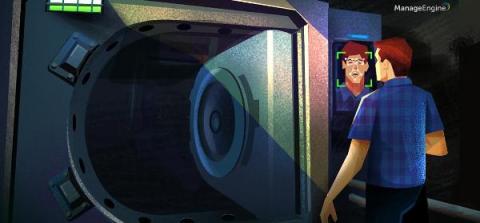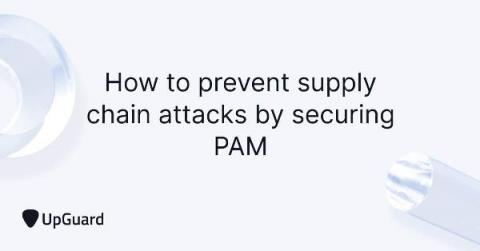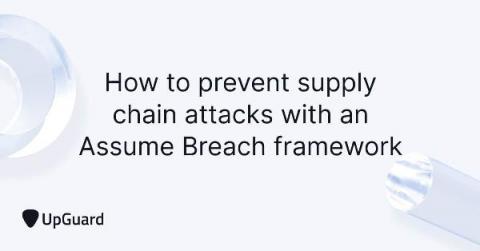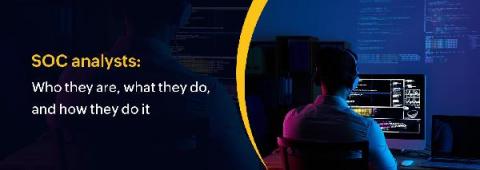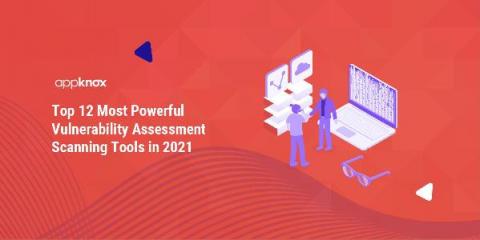Cybersecurity Challenges: Understanding the What, How and When of Change
I subscribe to a newsletter from Gary Burnison, CEO of Korn Ferry. His messages address a wide variety of career and personal issues in a thoughtful and educational manner. A recent Special Edition message was titled Exceeding Potential. It specifically addressed how opportunities present themselves and how to view and leverage them. He closed his message with this statement: It’s true that leaders are in the “what,” “how,” and the “when” business.






